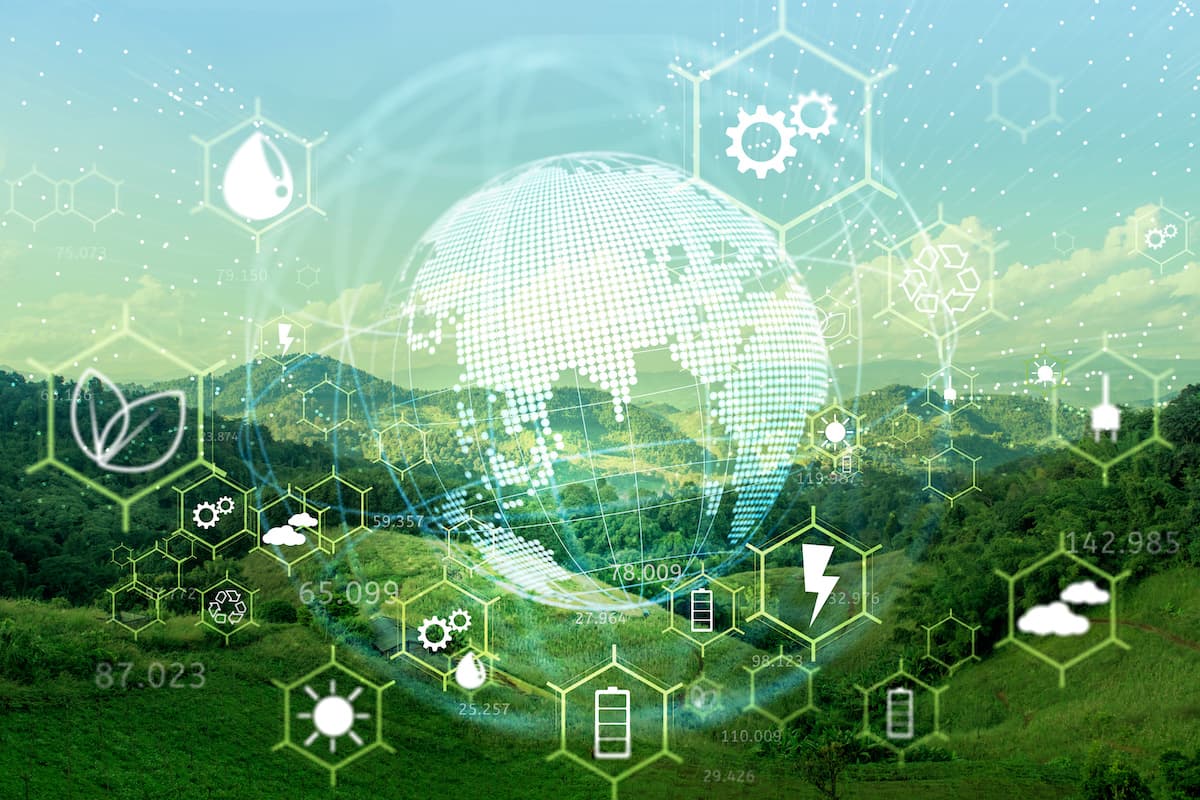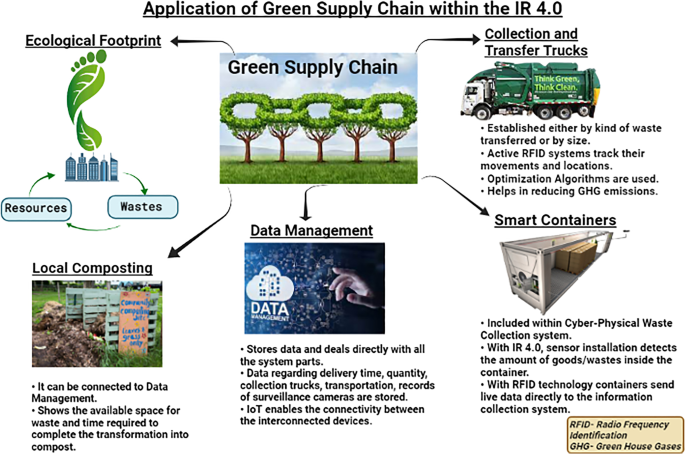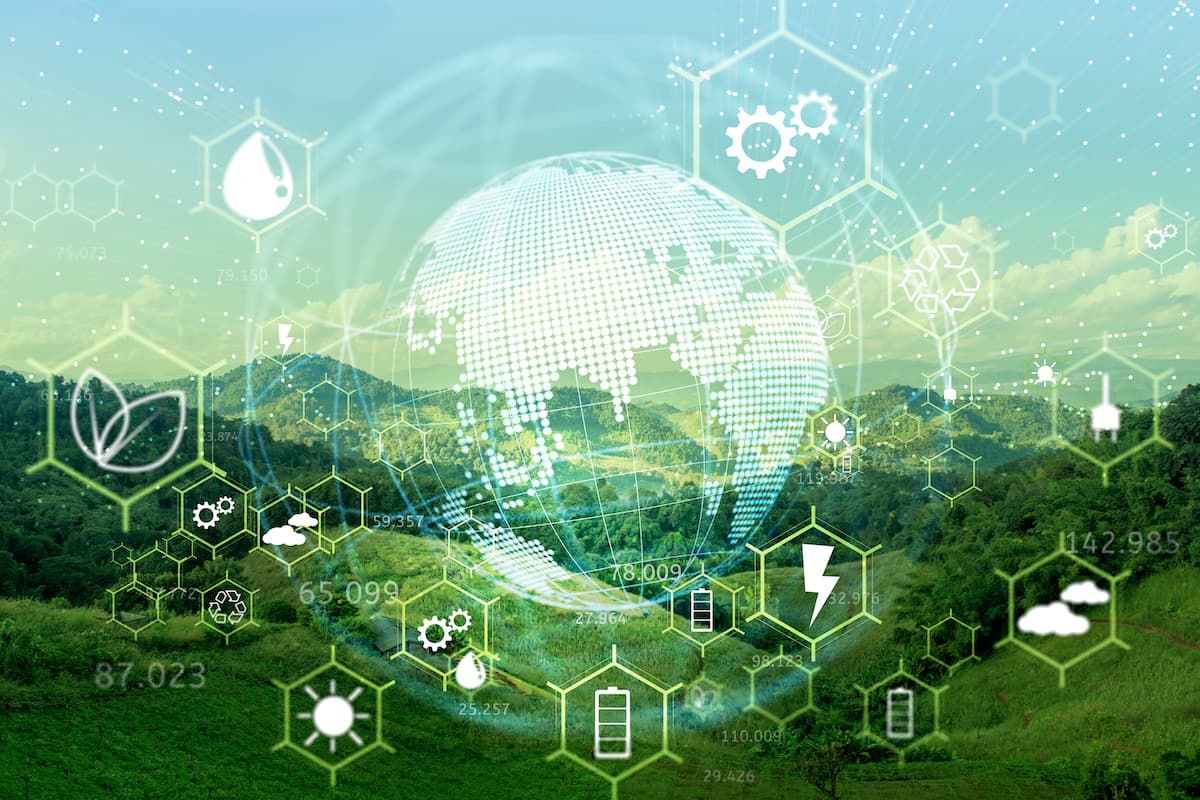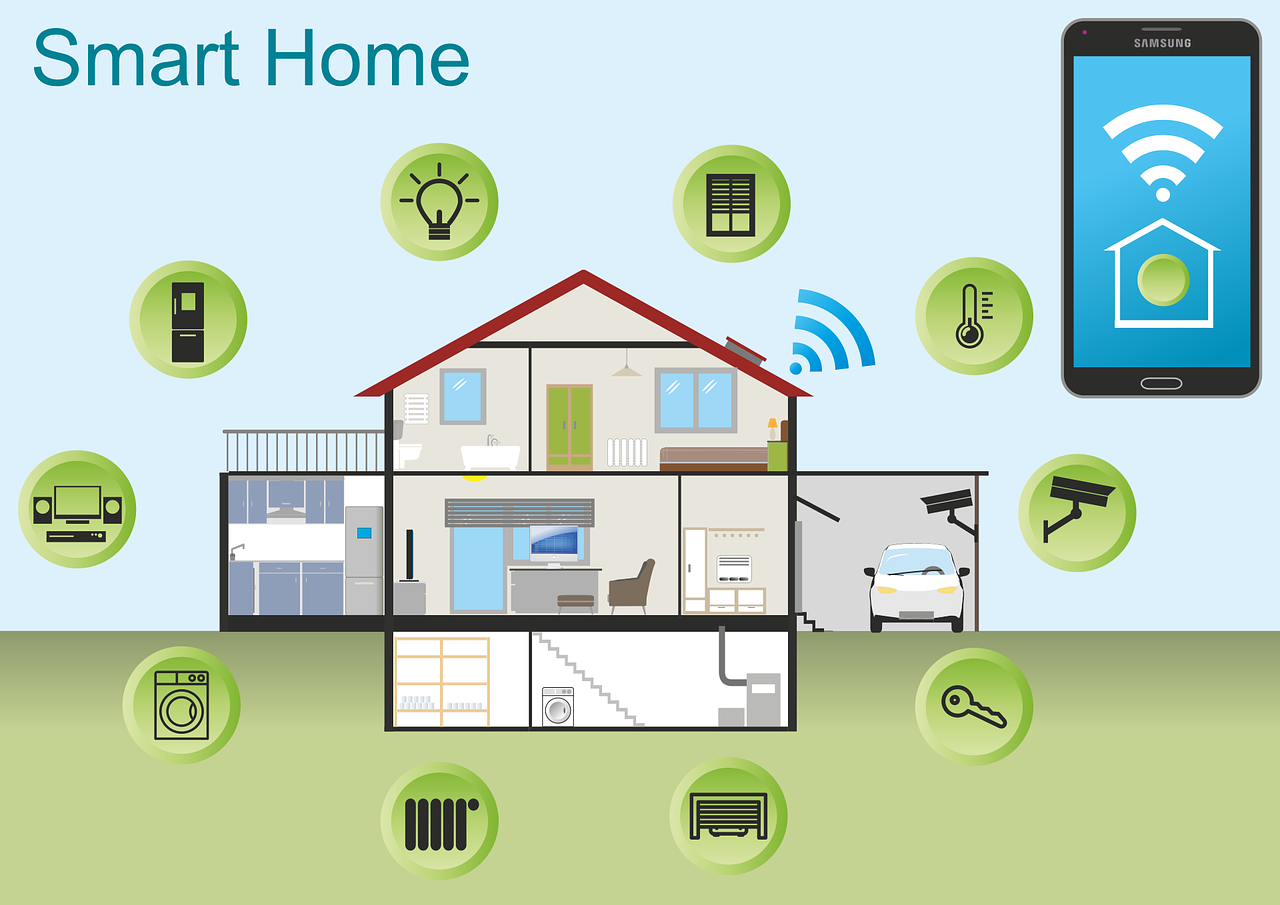The world is at a pivotal moment where the focus on green technology has never been more critical. As climate change continues to threaten our planet, it is crucial to harness the power of green technology to shape a sustainable future. In this blog post, we will delve into the potential of green technology, its various applications, and how it can positively impact our lives.
1. Introduction to Green Technology:
Green technology, also known as clean technology, refers to the development and application of products, services, and processes that utilize renewable resources and have minimal impact on the environment. This technology aims to reduce ecological footprints across various sectors, including energy, transportation, construction, and waste management.
2. Renewable Energy:
Renewable energy sources like solar, wind, hydro, and geothermal are pivotal in the fight against climate change. Solar panels convert sunlight into electricity, while wind turbines harness the power of wind to generate clean energy. Investing in renewable energy infrastructure not only reduces carbon emissions but also offers long-term energy independence and cost savings.
3. Sustainable Transportation:
Green technology is revolutionizing transportation with the advent of electric vehicles (EVs). EVs run on electricity and produce zero tailpipe emissions, reducing pollution and dependence on fossil fuels. Additionally, emerging technologies aim to improve battery efficiency, charging infrastructure, and energy storage, making EVs a viable alternative to traditional combustion engine vehicles.
4. Smart Cities and Buildings:
Green technology plays a crucial role in constructing sustainable cities and buildings. Integration of smart technologies like sensor-based systems, efficient LED lighting, and energy management systems enable buildings to consume energy more intelligently. Furthermore, green building practices, such as utilizing eco-friendly materials and implementing efficient insulation and ventilation systems, can significantly reduce energy consumption and promote a healthier living environment.
5. Waste Management and Recycling:
Effective waste management is another critical aspect of green technology. Advanced recycling techniques transform waste materials into valuable resources, reducing the need for raw materials and minimizing waste sent to landfills. Additionally, technologies like anaerobic digesters and waste-to-energy plants convert organic waste into renewable energy, simultaneously addressing both waste management and energy generation challenges.
6. Precision Agriculture:
Green technology is reshaping the agricultural sector through precision agriculture techniques. IoT-based sensors, drones, and satellite imaging enable farmers to monitor crop health, optimize resource usage, and reduce environmental impacts. By employing precision agriculture, we can minimize water usage, reduce chemical inputs, and enhance overall crop productivity and sustainability.
7. The Challenges and Benefits:
While the potential of green technology is vast, it is not without challenges. Initial costs, regulatory hurdles, and public awareness and adoption remain significant barriers to overcome. However, the benefits far outweigh the challenges. Green technology not only mitigates climate change but also creates new job opportunities, drives economic growth, improves public health, and fosters a more sustainable and resilient society.
8. Collaboration and Innovation:
To maximize the transformative power of green technology, collaboration and innovation are crucial. Governments, businesses, research institutions, and individuals must work together to support research and development, implement policies that incentivize green solutions, and foster a culture of sustainability. Sharing knowledge, best practices, and resources will accelerate the adoption and deployment of green technology worldwide.
In conclusion, investing in and harnessing the power of green technology is essential for shaping a sustainable future. From renewable energy and sustainable transportation to smart cities and precision agriculture, green technology offers solutions to combat climate change, reduce pollution, and create a healthier and more prosperous world. By embracing green technology, we can create a future where economic growth and environmental stewardship go hand in hand. Let’s seize this opportunity to shape a greener and brighter tomorrow.











